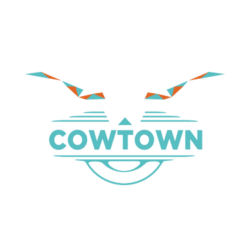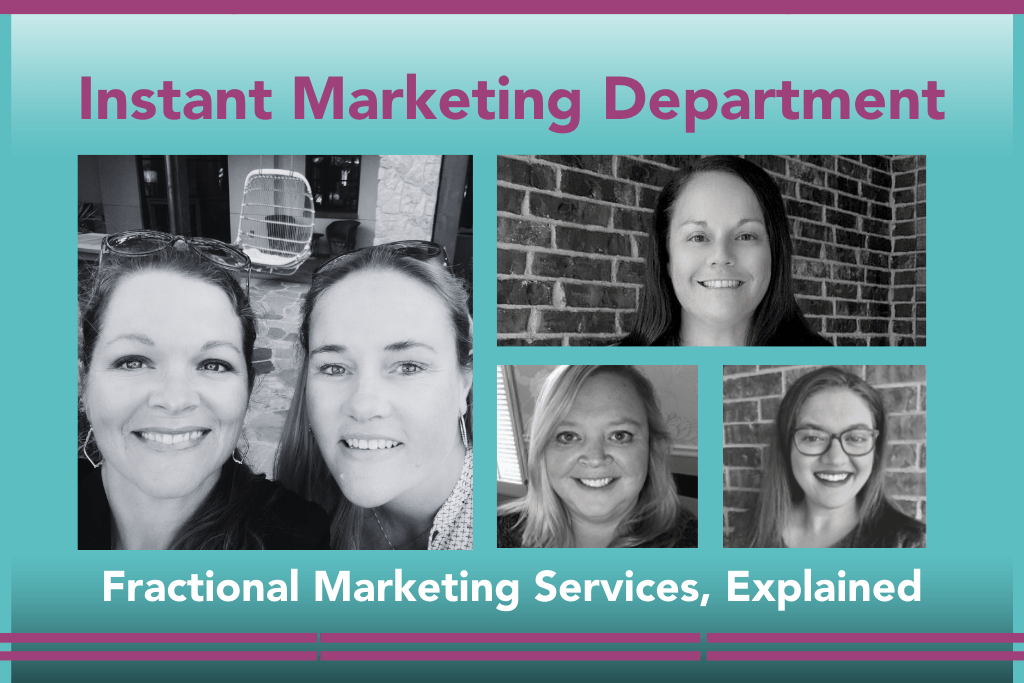Search engine optimization (SEO) is the practice of making your website easy to find and read for both search engines and people. There are a lot of layers to unpack when it comes to SEO strategy, so let’s break it down into interactions between your website and its two primary audiences: search engines and site visitors.
Search engines seek relevant content
As search engines like Google and Bing have matured, so have their search algorithms. Twenty years ago, it may have been OK to pick a target keyword and plug it in every few phrases, but that won’t cut it anymore. Known as “keyword stuffing,” that practice makes your site look like a robot wrote the content. It will cause most major search engines to flag your site as spam, negatively affecting your site’s ability to show up on page one of a user’s search results.
You need to be on page one of a search. We’ll talk about why that’s important a little further down.
What exactly do search engines look for in a site?
That’s the million-dollar question, and the answer has changed from the keyword-stuffing days of old. More sophisticated web crawlers (the “bots” that search engines send out to find great search results) are looking for:
- Sites that best address user intent. Are they looking for information? Are they ready to purchase something? Are they searching for how to do something? Modern search engines can tell the difference, and SEO provides clues about a site’s suitability for the user’s search term or phrase.
- Exact keywords or keyphrases in specific places. Each page on your site should address a keyword in the page title, metadata, and image filename. Avoid “stuffing” a keyword into image alt tags, which can negatively impact your site’s rankings.
- Fresh content. Search engines seek out the newest and most popular content, so there’s a balancing act here. New content won’t necessarily be popular, but if your site generally provides a lot of regularly updated content, it will appear higher in search rankings.
- Relevance to the user keyword or keyphrase. High-quality outbound links in your content will create connections between your site and related sites. To a bot, that makes your website look like a credible resource and also helps boost your search engine rankings.
Real people also want great content
The number one rule for SEO in 2021 is to first focus on your target audience. Put yourself in their shoes to determine what information is most relevant and timely. Keep in mind, especially for B2B applications, that decision-makers want to learn and respond best to long-form content. Also, 3 out of 4 people will perform an internet search and won’t look at any results that aren’t on page one.
Remember earlier when we said your site needs to show up on page one? That’s why.
Give users a great experience
After considering your target audience, what they’re searching for, and how you can meet a need, your next area of focus should be delivering the user experience (UX or CX) you would want to have. You have probably come across a site with lots of keyword stuffing and rolled your eyes as you clicked away. Tactics that are obviously meant to speak to bots and not real people aren’t relevant, so provide content that’s useful and respectful of the reader’s time and intent.
Your website visitors will expect a certain type of experience once they find your site. If your website delivers what they need, they’ll stay a while consuming content, clicking around, and getting to know your brand. While they’re doing that, your website will be earning points that will help your SEO efforts, and you just might gain a new prospect.
Here’s how you can make that happen:
- Make your content easy to read. Use subheads to add some white space and break up long-form content so it’s more easily digested. White space also helps readers comprehend what they’re reading, which improves the chances that they’ll read all the content and come back for more.
- Include some long-form content. You already know that 300 words is a minimum for getting the attention of the search engines for search result ranking purposes. What you might not know is that true long-form blog content – with a word count of 1,900-3,000 words – is shared more often on social media and gets more authoritative backlinks than shorter posts. That might seem counter-intuitive since time is such a precious commodity, but remember your audience intent: they want to learn something from a credible source. If you deliver long-form content that is thoughtful, well-researched, relevant and timely, it will get more engagement from qualified leads who are looking for what you’re providing.
- Link to other pages on your site. Part of your SEO linking strategy needs to include keeping visitors on your site longer and making their experience more rewarding. One approach is to include a link to a page in your site that doesn’t get much traffic, from a page that’s pretty popular. When you offer great content that’s search engine optimized, you know it will be popular (right?), so go ahead and include a couple of relevant internal links to add value and increase users’ page views.
- Don’t be annoying. Pop-ups that block what your site visitors are reading are annoying and increase the probability that readers will leave the site without reading the content. If you’re using pop-ups for lead generation, be smart about it. Use exit-intent pop-ups or set them to activate only if a visitor has been on your site long enough to read the content.
- Add some video. Lots of users prioritize watching videos, search engines know this. The bots are programmed to deliver video as part of search results because it’s seen as useful and relevant to the user. Use video to improve your content on all channels, but especially your website and social media.
If content is king, SEO is his queen.
Regular content generation is the best way to keep your site fresh and relevant to both search engines and readers. While you’re at it, optimize that content to improve your entire site’s search ranking, build brand awareness and credibility, and offer something of value to prospects and influencers.
SEO strategy doesn’t have to be time-consuming or difficult. If you’re still on the fence about whether your site needs help, drop us a note and we’ll set up a 30-minute consultation to talk about your challenges and put together a plan of action. We always ask about your business goals and what you’ve tried in the past, and we can develop whatever type of strategy your business needs to see real results from your marketing efforts. You may only need some SEO work on your site, or you may need a whole new site.
We’ll help you figure it out.



